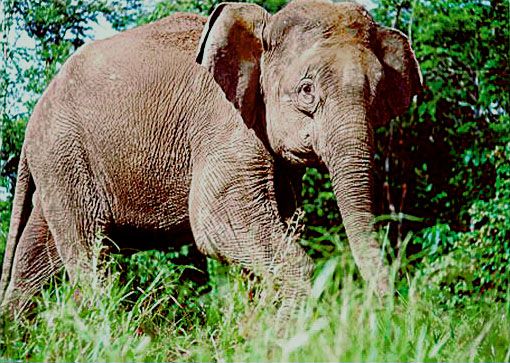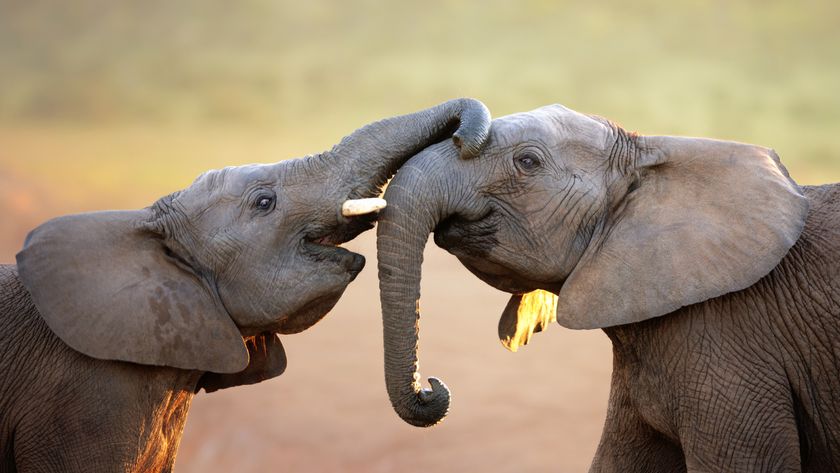Elephant Relocation Scheme Fails to Prevent Deaths

An attempt to save the lives of both elephants and people by moving the pachyderms away from humans has failed in Sri Lanka, a new study finds.
Instead of the relocated elephants living peacefully in their new homes, they wandered, researchers found. Relocated elephants died more often than problem elephants left in their original range. The relocated elephants also killed more people than elephants that stayed put.
"We were stunned that translocation neither solves the conflict nor saves elephants," study researcher Peter Leimgruber, a research scientist at the Smithsonian Conservation Biology Institute, said in a statement.
Relocating elephants
Elephant-human conflicts are a big problem, as an incident on Nov. 4 illustrates. On that day, a herd of elephants reportedly ransacked three houses in the village of Dumurkota, India, guzzling a shop's reserves of a local alcoholic brew called mahua.
In Sri Lanka, about 70 people and 200 Asian elephants die each year as a result of human-pachyderm conflict, according to the Smithsonian. A common solution is to move the elephants to protected areas, such as national parks. [Elephant Images: Largest Beasts on Land]
But a new study using GPS-enabled collars to track elephants found that relocating the animals did little good. The researchers followed 12 relocated male elephants and compared them with 12 male elephants left in their home ranges. All 24 elephants were "problem" elephants, meaning they had a history of conflict with humans.
Sign up for the Live Science daily newsletter now
Get the world’s most fascinating discoveries delivered straight to your inbox.
Tragic ends
Two of the relocated elephants were killed in the national parks where they had been moved. The rest had wandered out of the park boundaries by 260 days after the release (some stayed around as little as a day). The wandering elephants either returned to their original range or settled somewhere new, but nearly all of them got tangled with humans again. Five of them died within eight months of the release. The relocated elephants were also responsible for killing five people in that time period.
The elephants left in their ranges didn't kill anyone, though one elephant was shot and killed.
There are only 35,000 to 50,000 Asian elephants left in the wild, making their conservation a priority. But conflicts stymie that goal, researchers said.
"As you track the elephants, you identify with these animals, you see their struggles and understand why they're doing the things that ultimately get them killed," Leimgruber said. "But you also understand that elephants represent a serious threat to humans and their livelihood."
The researchers suggest land-use plans that minimize crop-raiding might be more effective than moving elephants away.
Follow Stephanie Pappas on Twitter @sipappas or LiveScience @livescience. We're also on Facebook & Google+.

Stephanie Pappas is a contributing writer for Live Science, covering topics ranging from geoscience to archaeology to the human brain and behavior. She was previously a senior writer for Live Science but is now a freelancer based in Denver, Colorado, and regularly contributes to Scientific American and The Monitor, the monthly magazine of the American Psychological Association. Stephanie received a bachelor's degree in psychology from the University of South Carolina and a graduate certificate in science communication from the University of California, Santa Cruz.











